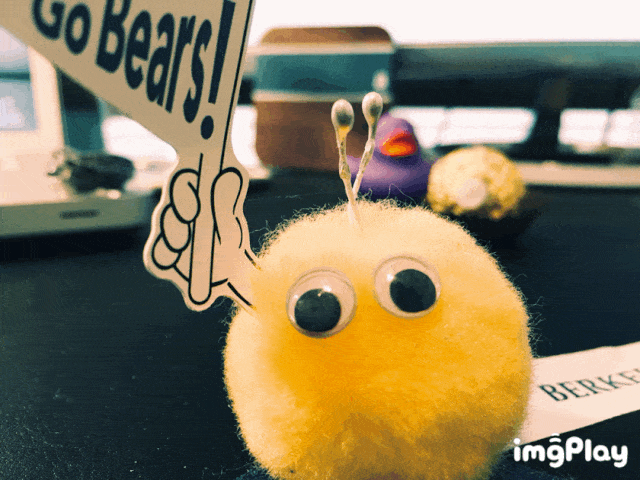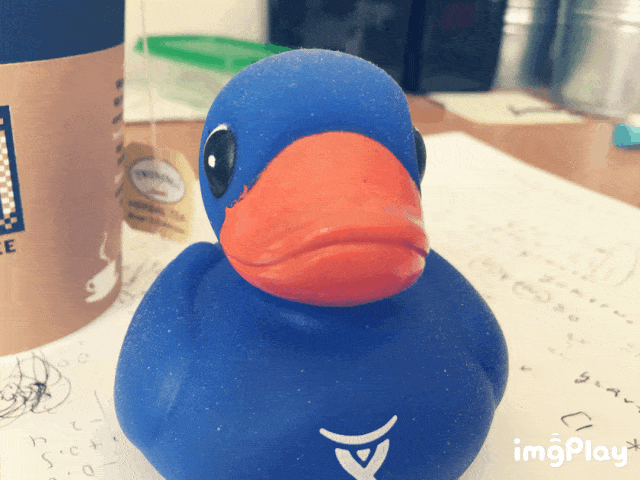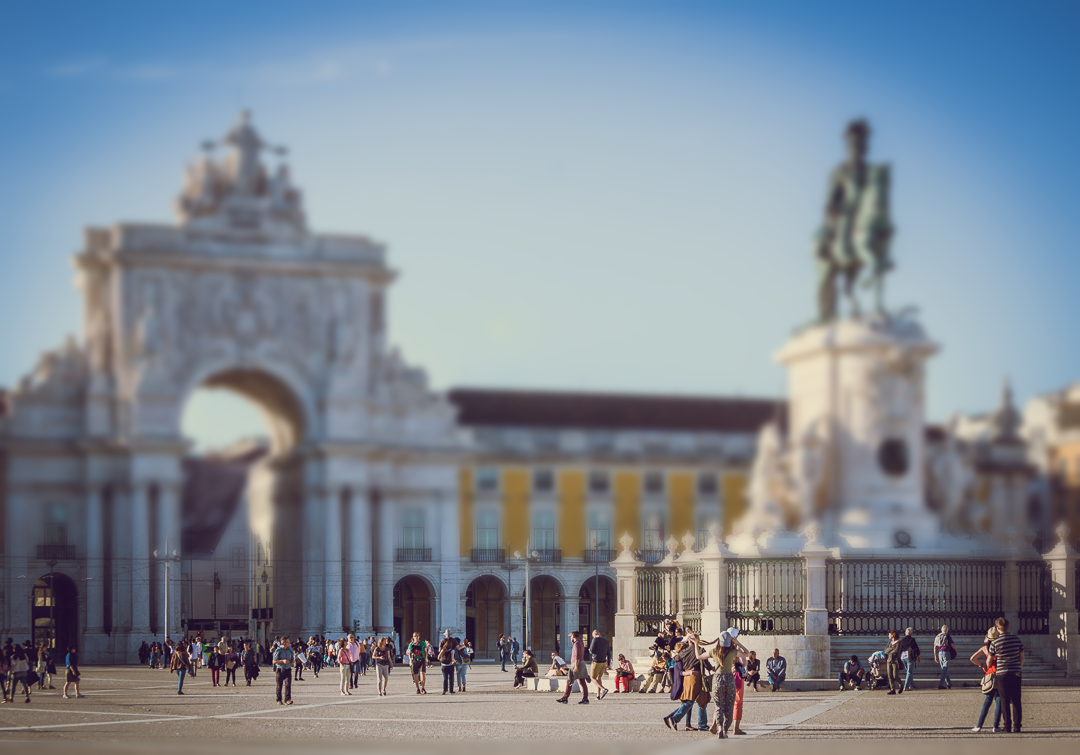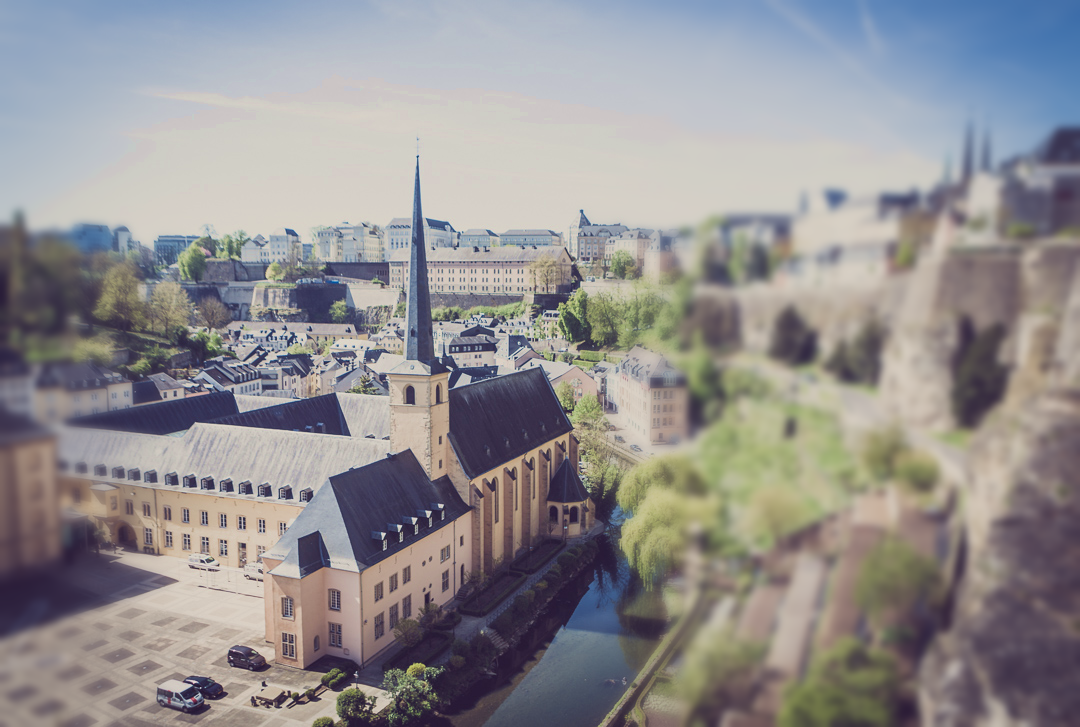
Introduction
This project has two main parts. The goal of the first part is to reproduce an animation using the dolly zoom technique. The second part is to process image that imitates a miniature effect normally produced by tile-shift lenses.
1 Dolly Zoom
1.1 Theory and History1
The dolly zoom is an in-camera effect that appears to undermine normal visual perception.
The effect is achieved by zooming a zoom lens to adjust the angle of view while the camera dollies toward or away from the subject in such a way as to keep the subject the same size in the frame throughout. In its classic form, the camera angle is pulled away from a subject while the lens zooms in, or vice versa. Thus, during the zoom, there is a continuous perspective distortion, the most directly noticeable feature being that the background appears to change size relative to the subject.
The visual appearance for the viewer is that either the background suddenly grows in size and detail and overwhelms the foreground, or the foreground becomes immense and dominates its previous setting, depending on which way the dolly zoom is executed. As the human visual system uses both size and perspective cues to judge the relative sizes of objects, seeing a perspective change without a size change is a highly unsettling effect, often with strong emotional impact.
The effect was first conceived by Irmin Roberts, a Paramount second-unit cameraman, in Alfred Hitchcock's film Vertigo.
 |
|---|
Dolly zoom animation1 |
1.2 Results
Following are two animations using Dolly Zoom technique.
Fluffy
 |
|---|
Ducky
 |
|---|
2 Miniatures
2.1 Theory2
Miniature faking, also known as diorama effect or diorama illusion, is a process in which a photograph of a life-size location or object is made to look like a photograph of a miniature scale model. Blurring parts of the photo simulates the shallow depth of field normally encountered in close-up photography, making the scene seem much smaller than it actually is; the blurring can be done either optically when the photograph is taken, or by digital post-processing. Many diorama effect photographs are taken from a high angle to simulate the effect of looking down on a miniature. Tilt–shift photography is also associated with miniature faking.
 |
|---|
Blurring Masking
To implement, we simply add a clear original on top of a Gaussian blurred image of the original with an alpha mask. Using a horizontal blurring as an example as follow:
Resulting image = αf + (1-α)g; where
f is the original image
g is the Gaussian blurred image
α is the alpha mask
Notice that,
α_a is 1
α_b is a linear gradient from 1 to 0 (to produce a smooth transition)
α_c is 0
To enhance the results, I also implemented customisation functionalities like Gaussian strength, boosting saturation, brightness, contrast.
2.2 Results
Click or hover on image to swap between before and after.
Notice: The following photos are taken by me and they are copyrighted material.
 |
 |
|---|---|
Warsaw, Poland |
Lisbon, Portugal |
 |
 |
|---|---|
Barcelona, Spain |
Luxembourg City |
 |
 |
|---|---|
Edinburgh, Scotland |
Copenhagen, Denmark |
 |
 |
|---|---|
Tallinn, Estonia |
Rome, Italy |
© 2016-2017 TIM K. CHAN ALL RIGHTS RESERVED